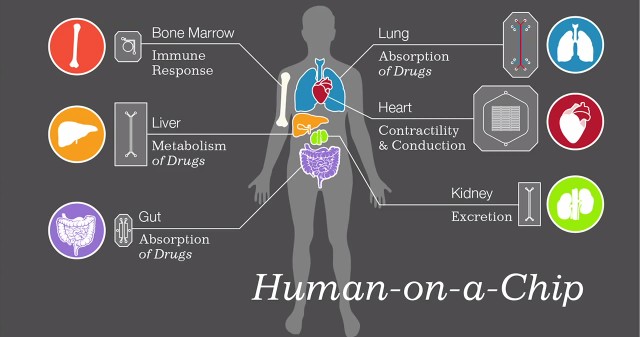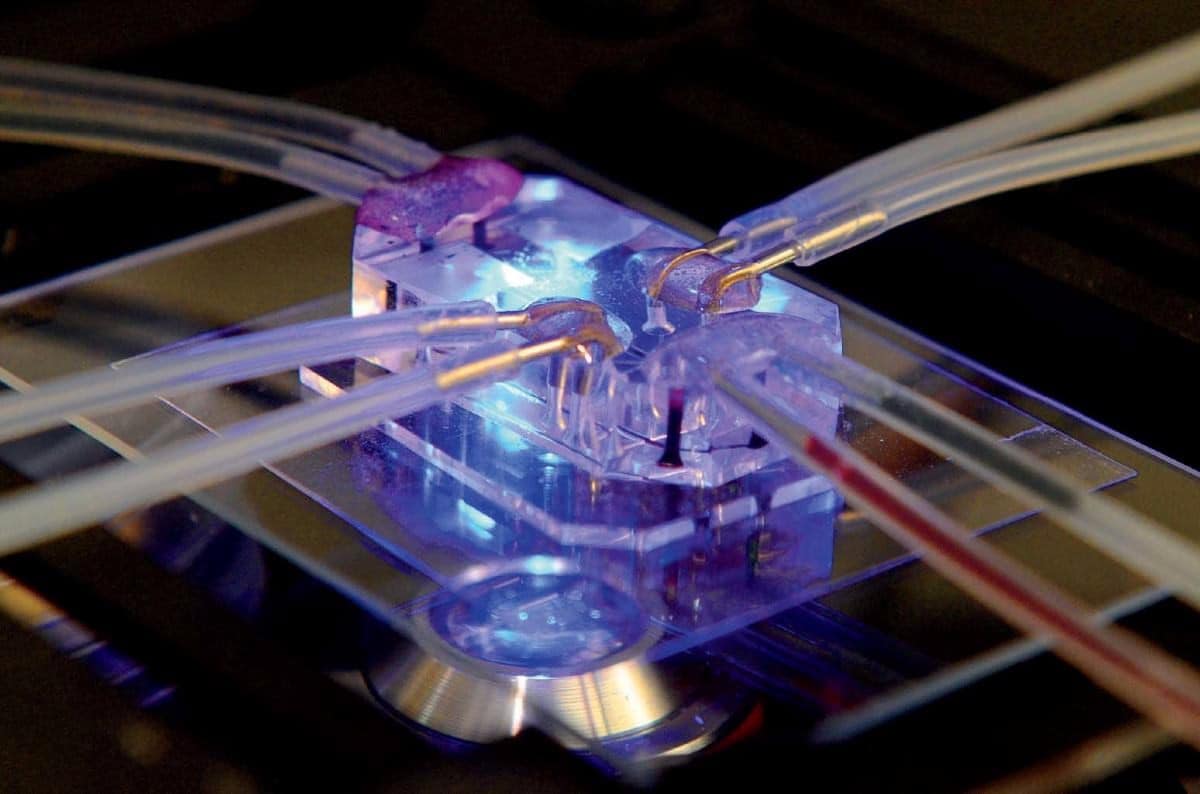Organs on chips
The title sounds really impressive, but it is a reality, the Wyss Institute for Biologically Inspired Engineering associated with the Harvard Medical School have developed a series of cell culture devices with computer memory size of the tip of pencil. These devices contain channels and voids covered by tissue cells that mimic the physiology of a human body.
These devices produce a level of functionality that is not possible with conventional systems of tissue and organs culture, similarly these devices enable real-time analysis of the biochemical, genetic and metabolic activities that occur within a cell.
Why to develop Organs on Chips?
The team of scientists from the Wyss Institute has also developed a tool to automate the Organs on Chips and connect them through a fluid that mimics human blood and thus create a “Human Body Chips” and replicate whole body level responses.
This platform promises to solve problems currently present with drugs because they could have analyzed the responses to the human body long before a drug being tested in people, and even save a lot of time on research that first have to be tested on animals .
The benefits are not only for the pharmaceutical industry but also for cosmetic and chemical industry, it is also possible to add stem cells from a patient in particular and identify possible treatments and personalized therapies in the future.

As the picture above shows, it is possible to simulate different organs of the human body and analyze their answers together.
The following is a video of the Wyss Institute which explains a bit more of a performance Organ on Chip.
If you want more information, you can find at the following LINK of Wyss Institute.
If you liked this article you can share it.
